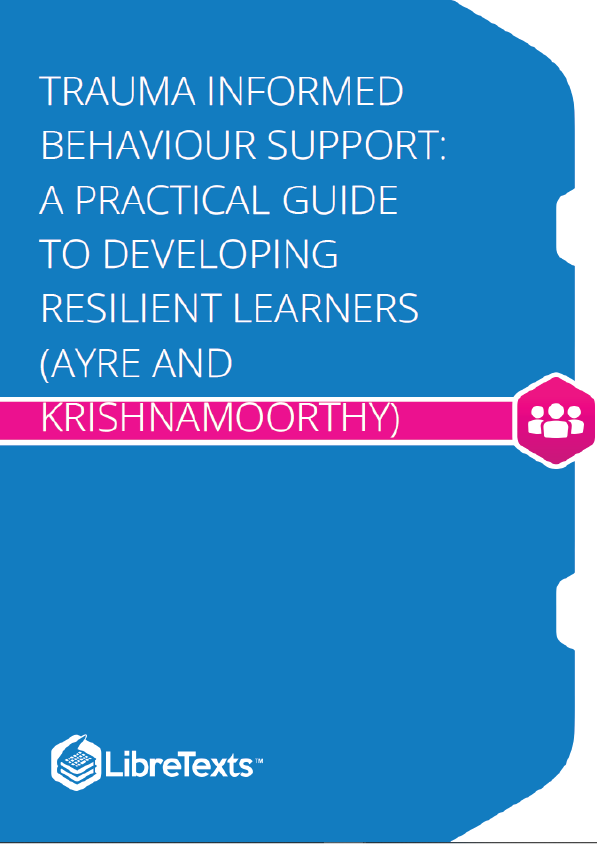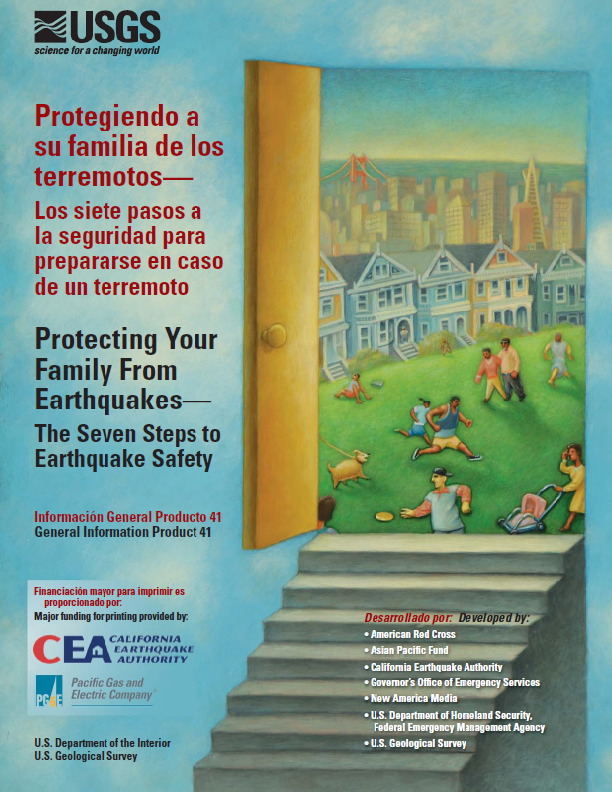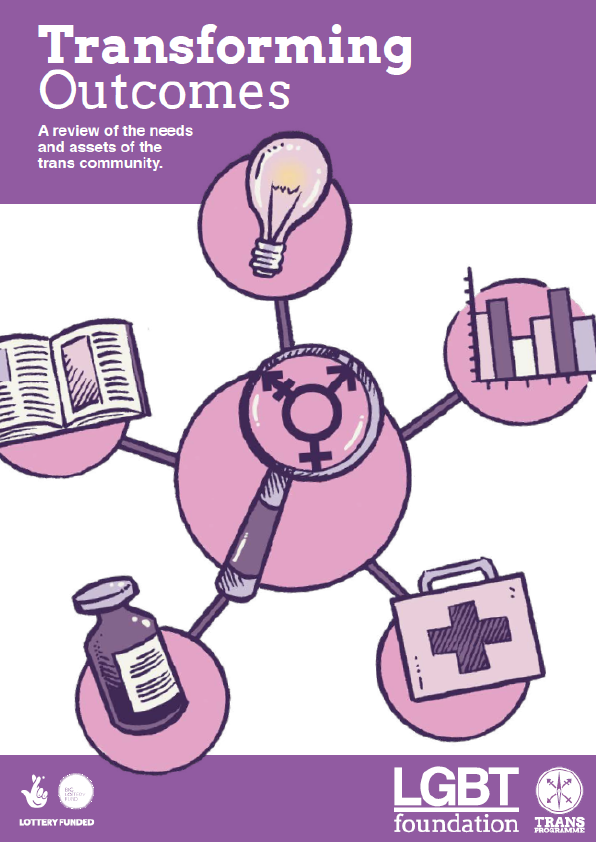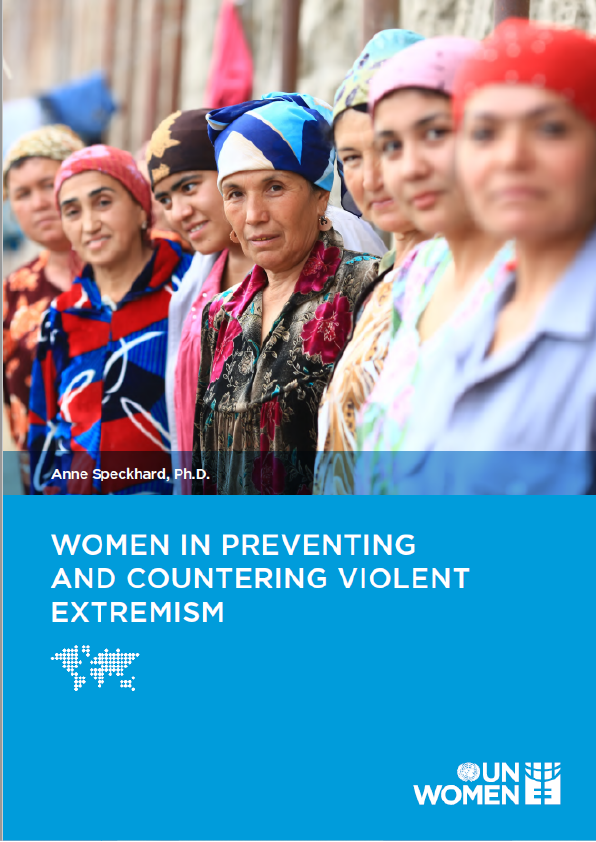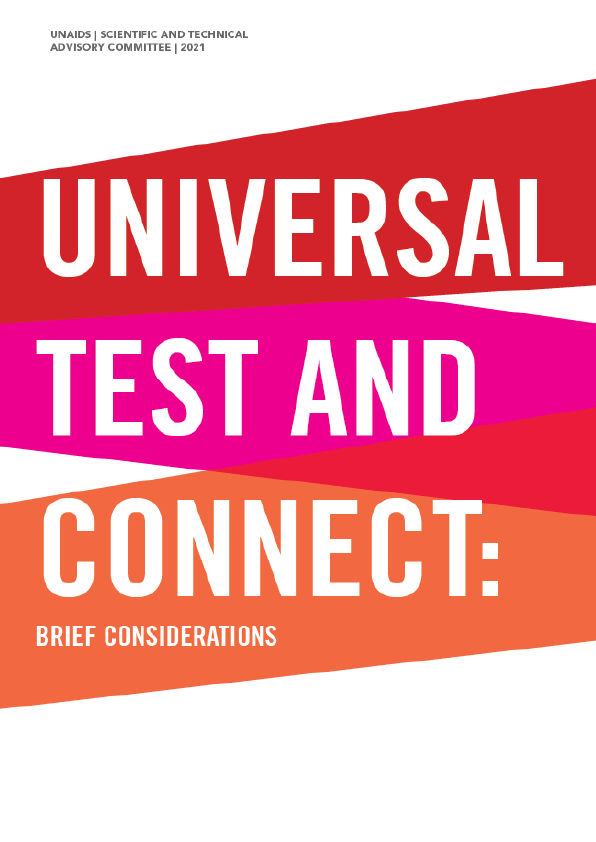Trauma Informed Behaviour Support: A Practical Guide to Developing Resilient Learners guides educators working with primary school aged children to understand trauma as well as its impact on young children’s brains, behaviour, learning, and development. The book provides a novel framework of practice – drawing on contemporary theories of developmental trauma and evidence based practices of positive behaviour support. Practical strategies and tools are offered for educators to use to create strength-based environments that support children’s recovery, resiliency and learning. Educators are introduced to the systemic impacts of traumatic stress and are provided with trauma-informed practices that they can use to support workforce development that enhance the quality of pedagogical practices, while promoting the safety and care of the school community.
Childhood adversity and maltreatment
Child maltreatment refers to any non-accidental behaviour by parents, caregivers, other adults or older adolescents that are outside the norms of conduct and entail a substantial risk of causing physical or emotional harm to a child or young person. Such behaviours may be intentional or unintentional and can include acts of omission (i.e., neglect) and commission (i.e., abuse) (Bromfield, 2005; Christoffel et al., 1992). Child maltreatment is commonly divided into five main subtypes:
- physical abuse
- emotional maltreatment
- neglect
- sexual abuse and
- exposure to family violence
Although there is a broad consensus regarding the different subtypes of maltreatment, disagreement exists about exactly how to define these subtypes. In the absence of universal definitions of child abuse and neglect, different professional fields have developed their own definitions. There are medical and clinical definitions, social service definitions, legal and judicial definitions, and research definitions of child maltreatment. Each professional sector tends to emphasise the facets of maltreatment that are most salient to their own field. For example, medical definitions highlight the physical symptoms of a child rather than the abusive or neglectful behaviours of a perpetrator, while legal and judicial definitions focus on those aspects of parental behaviour and mental health symptoms that provide the best evidence for a successful prosecution (Bromfield, 2005; Feerick, Knutson, Trickett, & Flanzer, 2006).
PHYSICAL ABUSE
Generally, child physical abuse refers to the non-accidental use of physical force against a child that results in harm to the child. However, a parent does not have to intend to physically harm their child to have physically abused them (e.g., physical punishment that results in bruising would generally be considered physical abuse). Depending on the age and the nature of the behaviour, physical force that is likely to cause physical harm to the child may also be considered abusive (e.g., a situation in which a baby is shaken but not injured would still be considered physically abusive). Physically abusive behaviours include shoving, hitting, slapping, shaking, throwing, punching, kicking biting, burning, strangling and poisoning. The fabrication or induction of an illness by a parent or carer (previously known as Munchausen syndrome by proxy) is also considered physically abusive behaviour (Bromfield, 2005; World Health Organization, 2006).
